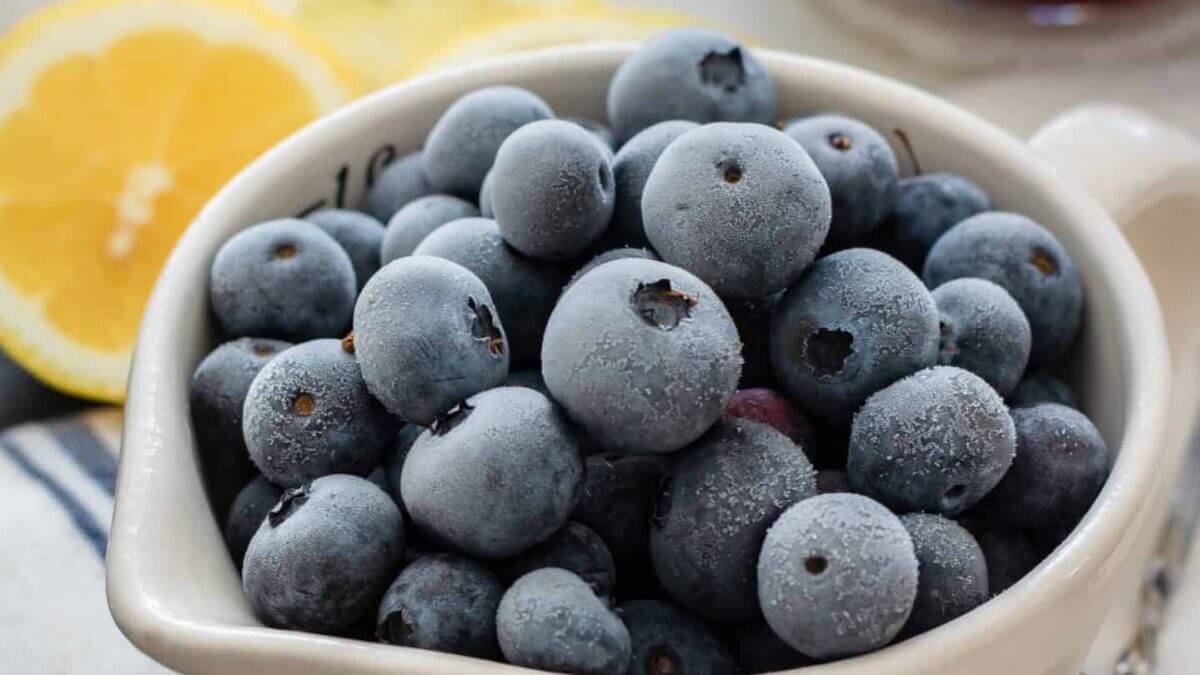If you’ve been following this blog, you would have noticed that most food preservation techniques that exist today actually began thousands of years ago.
The freeze-drying method is no different.
The Incas freeze-dried potatoes (chuño) and a precursor to beef jerky (charqui) as far back as 1200AD.
Up in their mountainous villages, this ancient civilisation would place food on high-elevation stone platforms to freeze overnight and then dry them in the sun.
Today though, we freeze-dry food using a method developed by Jacques-Arsene d’Arsonval at the College de France, Paris, in 1906.
The Frenchman’s method essentially involves three steps, the first being freezing freshly harvested produce.
It is important to freeze foods rapidly in order to avoid the formation of large ice crystals, which affect the final product quality, and not in a good way.
Then, the food is placed in a vacuum chamber under low heat. This is to so sublimation happens. The process where the water crystals directly vapourise, without passing through the liquid stage.
The food then undergoes “secondary drying” to remove any remaining water molecules under slightly higher temperatures.
The final product normally contains between 1% and 4% moisture. The food is then nitrogen sealed and packed in polybags or cans.
They can be stored between 6 months and 3 years in polybags and 25 years or longer in cans.
Freeze drying has an upper hand compared to other drying methods (air and heat), and this is seen in the final condition of the food.
Using air or heat results in a change of texture, colour, and taste.
Food that has undergone freeze-drying is lightweight but more importantly, they retain their macronutrients, micronutrients (vitamins and minerals), and phytonutrients extremely well.
A professor of medicine at the Medical College of Wisconsin, Gary Stoner, discovered that freeze-dried berries retained 90% of their cancer-fighting anthocyanins.
Not all nutrients are preserved through this method though. Vitamin C and E, and folic acid levels were found to be depleted in freeze-dried food.
They also maintain their original colours and flavours, and have an extended shelf-life.
And do they have an extremely long shelf-life? Freeze-dried cottage cheese can purportedly last 30 years unrefrigerated.
The global freeze-dried food market is growing at 7.4% annually, according to Mordor Intelligence, and the U.S. market is expected to reach $66.5 billion by 2021.
The fastest-growing markets are in South America and the Asia Pacific.
Freeze-dried food has long been consumed by people in tough conditions like mountaineering and space flights, where lightweight and highly nutritious food is absolutely essential.
The main disadvantage of freeze-drying is its cost. The method is twice as expensive as air drying due to its high energy consumption and high costs for both operation and maintenance.
Although you can eat freeze-dried food as-is, it is better to rehydrate the food and get it back to as close to its original condition.
Freeze-dried food needs to be rehydrated to make sure it can be properly digested and safe for consumption though. Unless of course, you want it to feel like cardboard.
Even if it isn’t rehydrated, the food is most definitely still safe to eat and does retain much of its original nutritional value, but may result in constipation.
Sourcing for freezing equipment? Visit MYFOODTECH 2020 to meet our innovative exhibitors who specialised in food technology.



